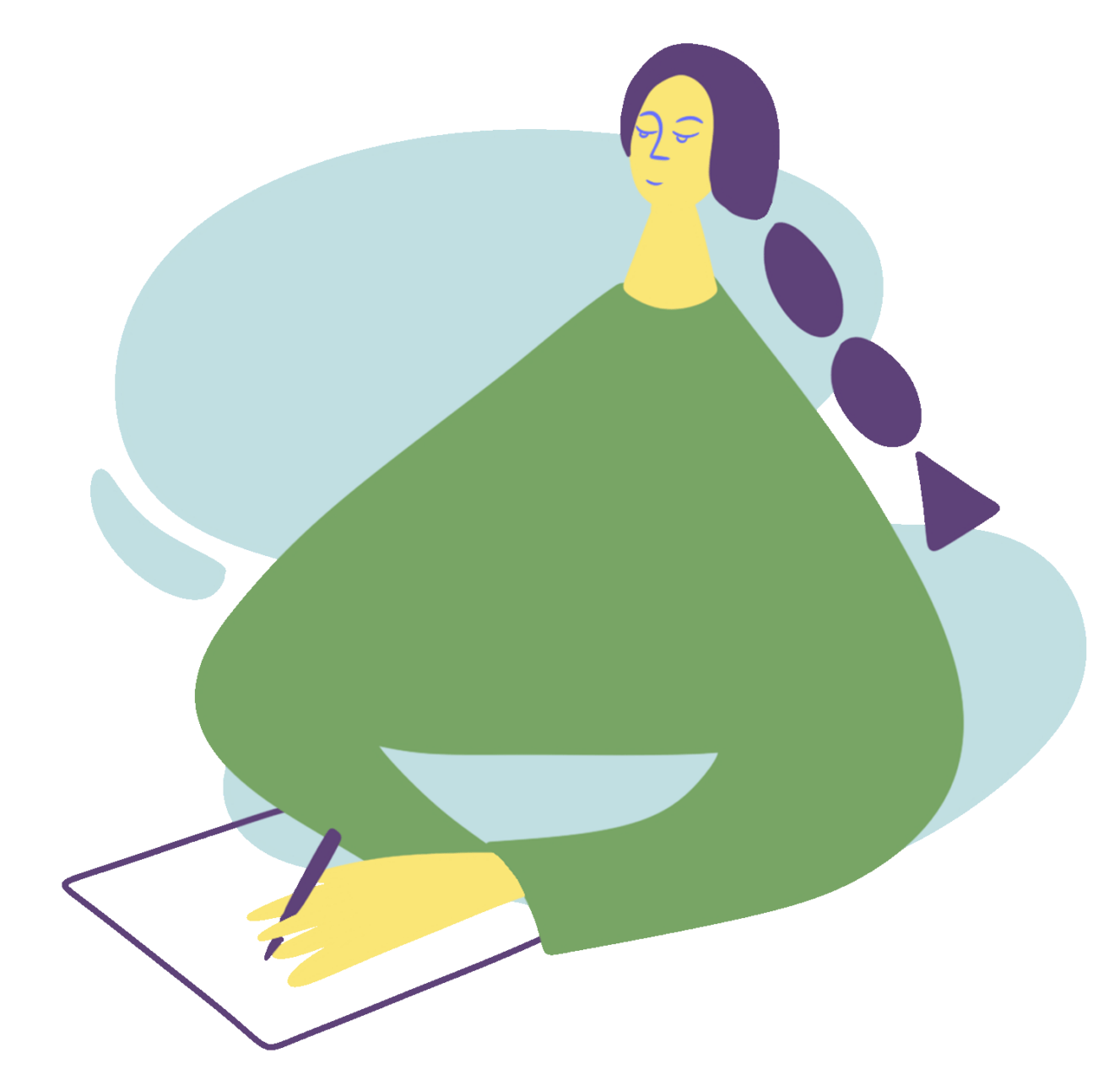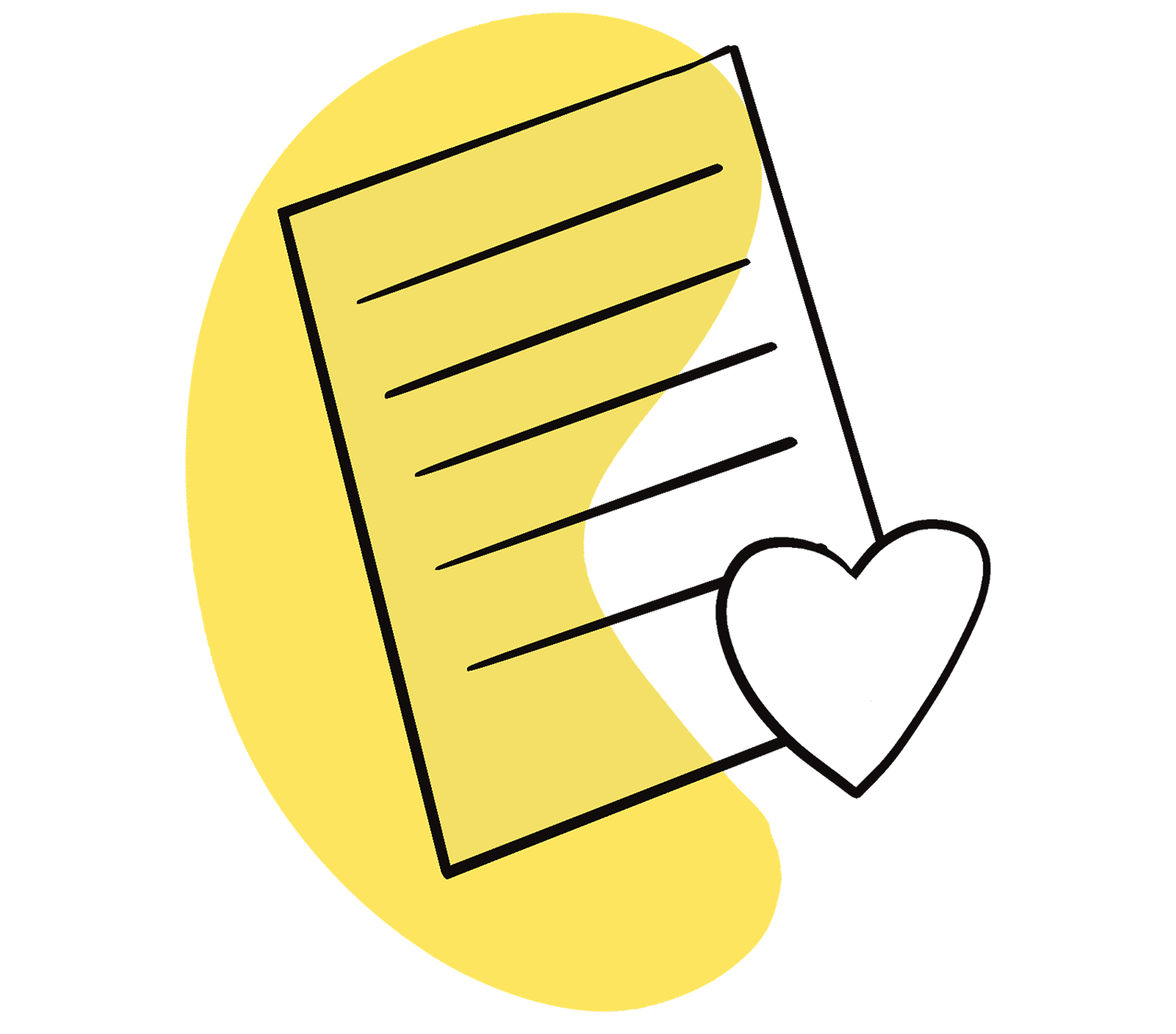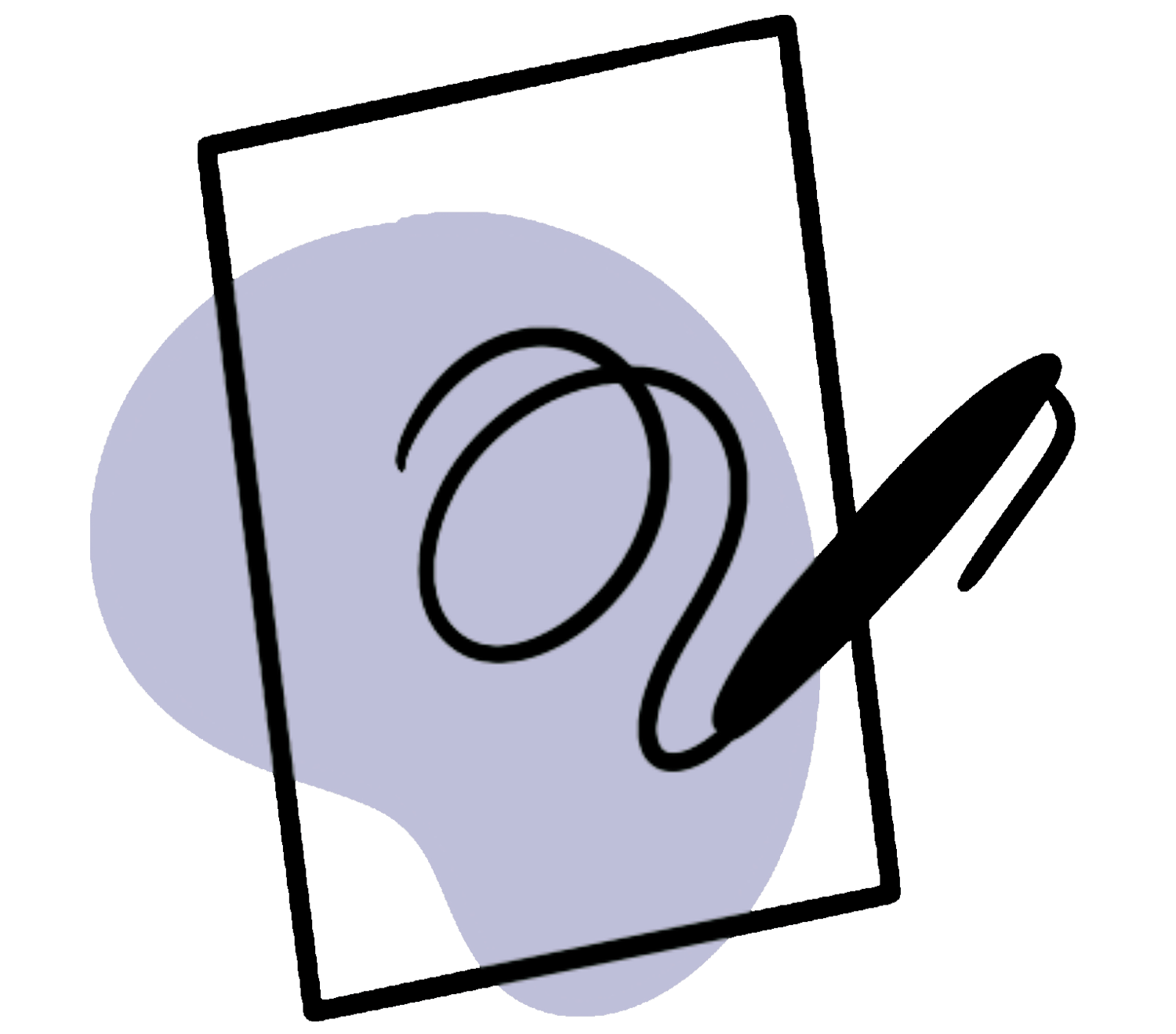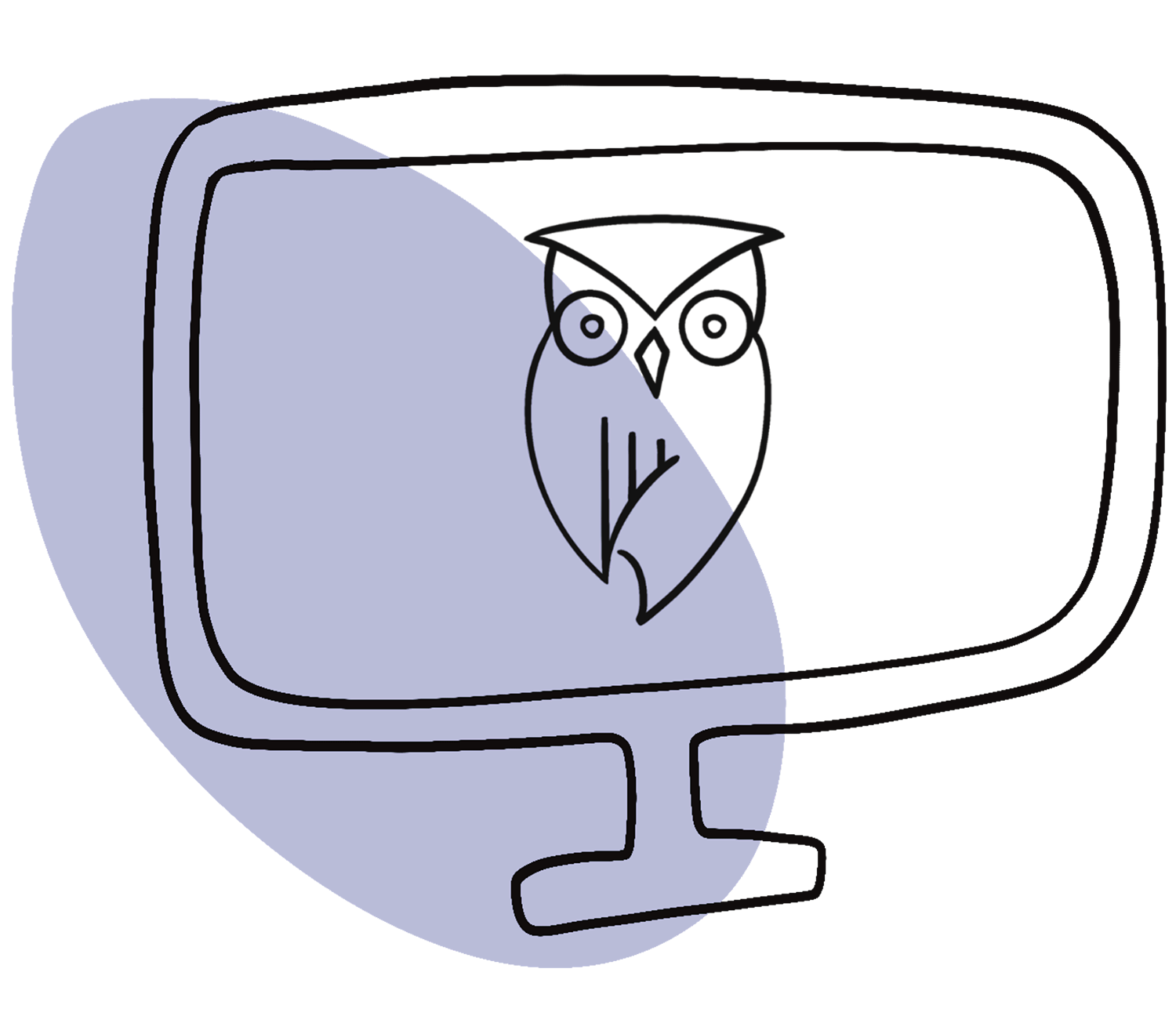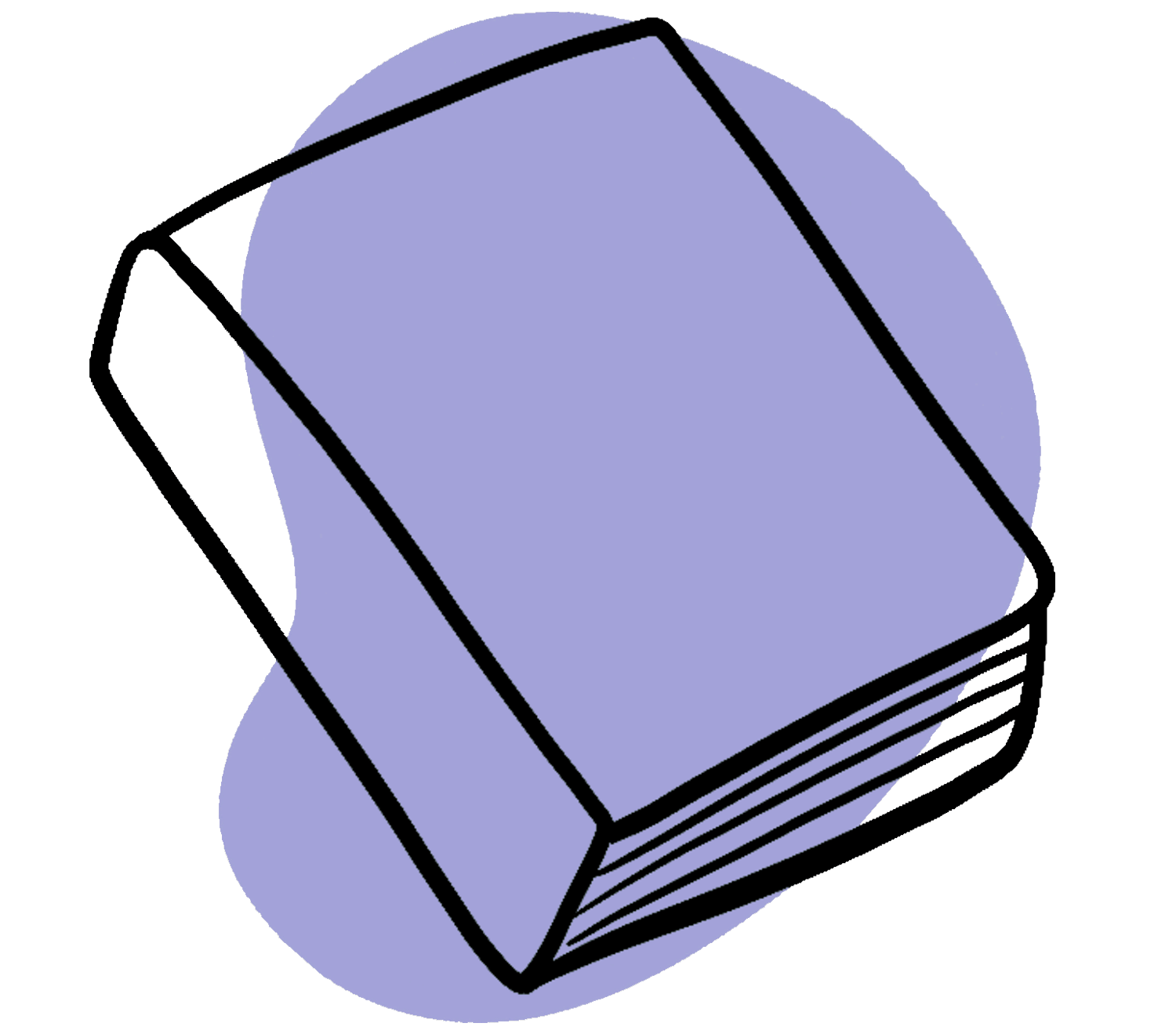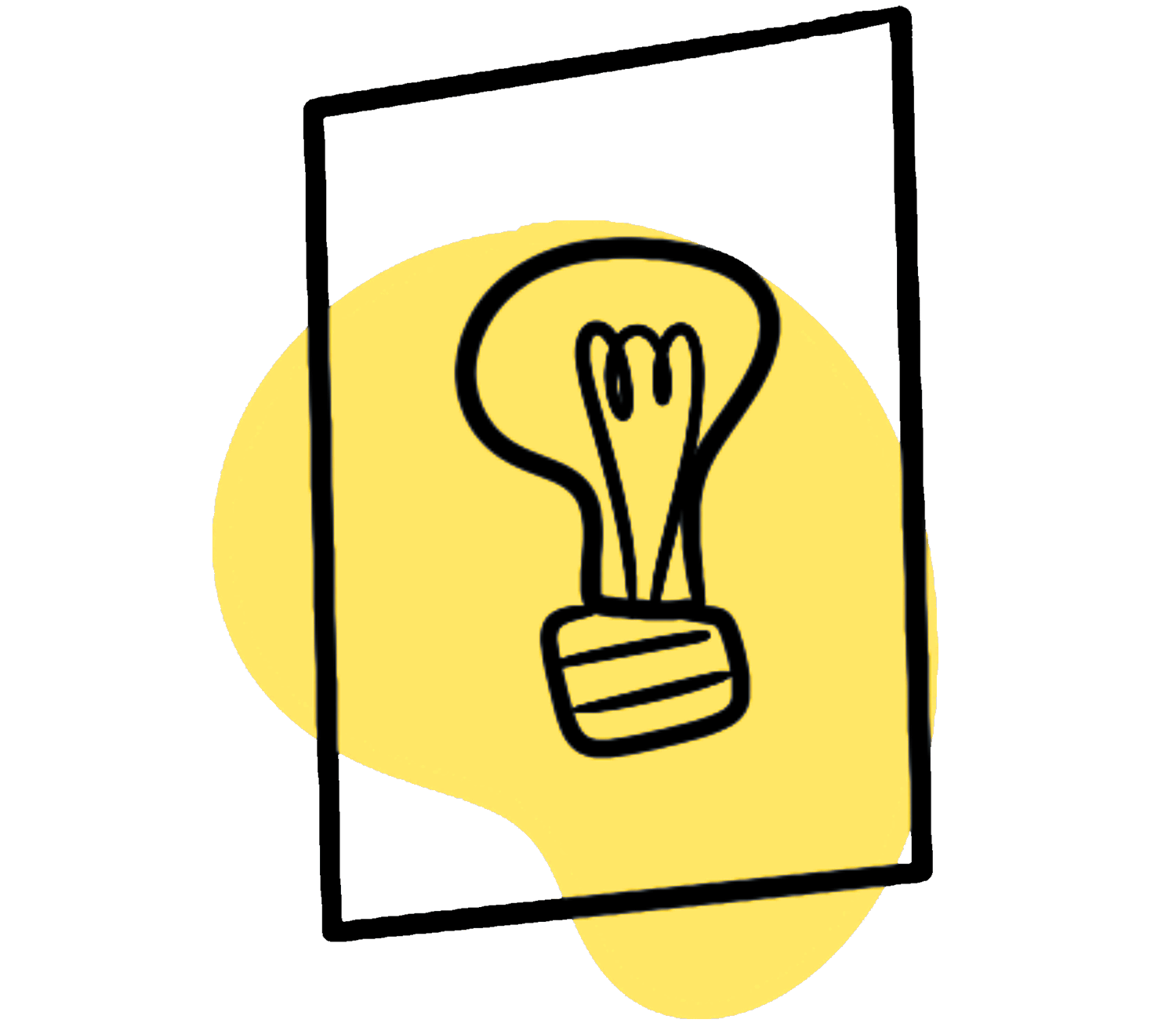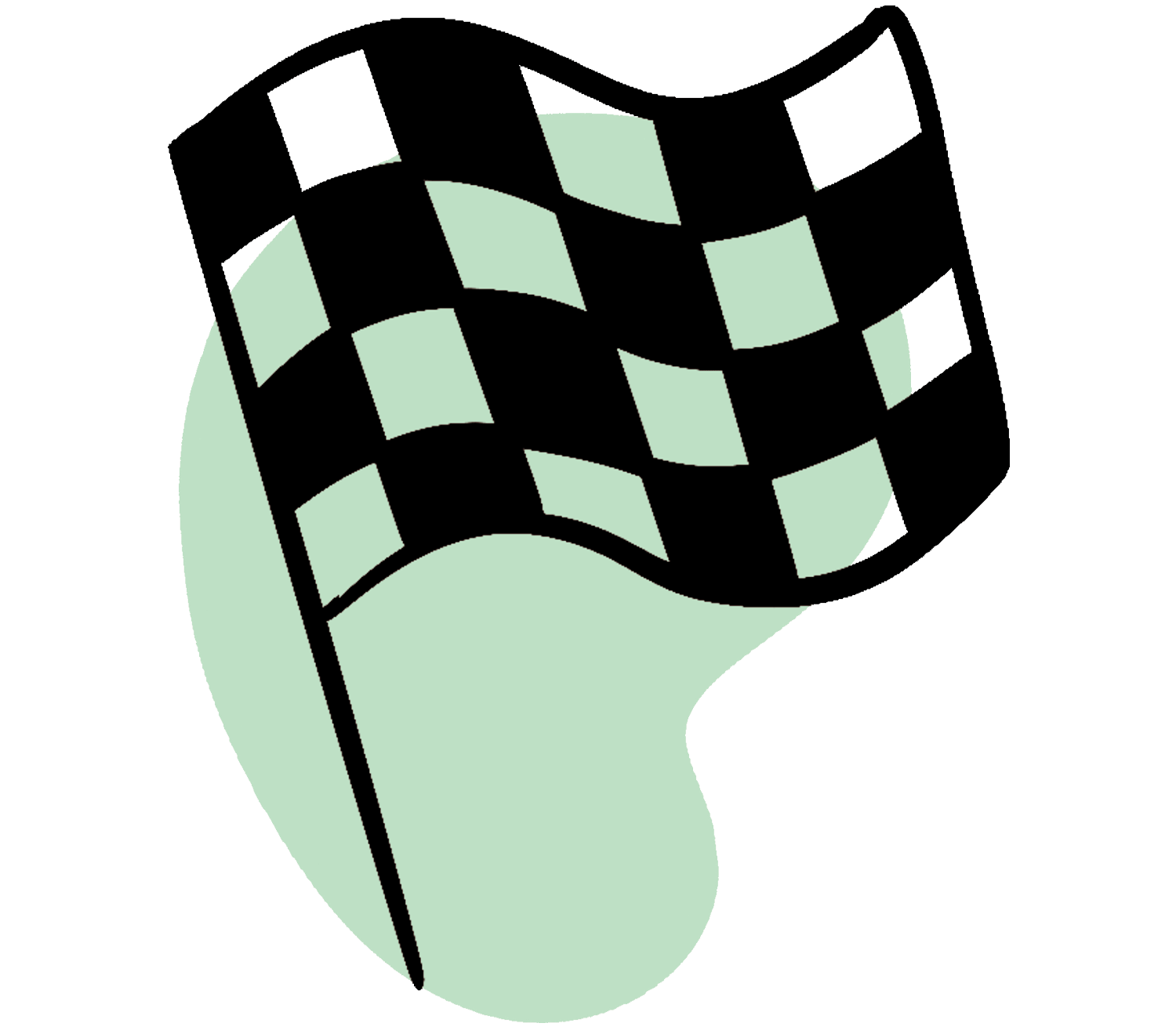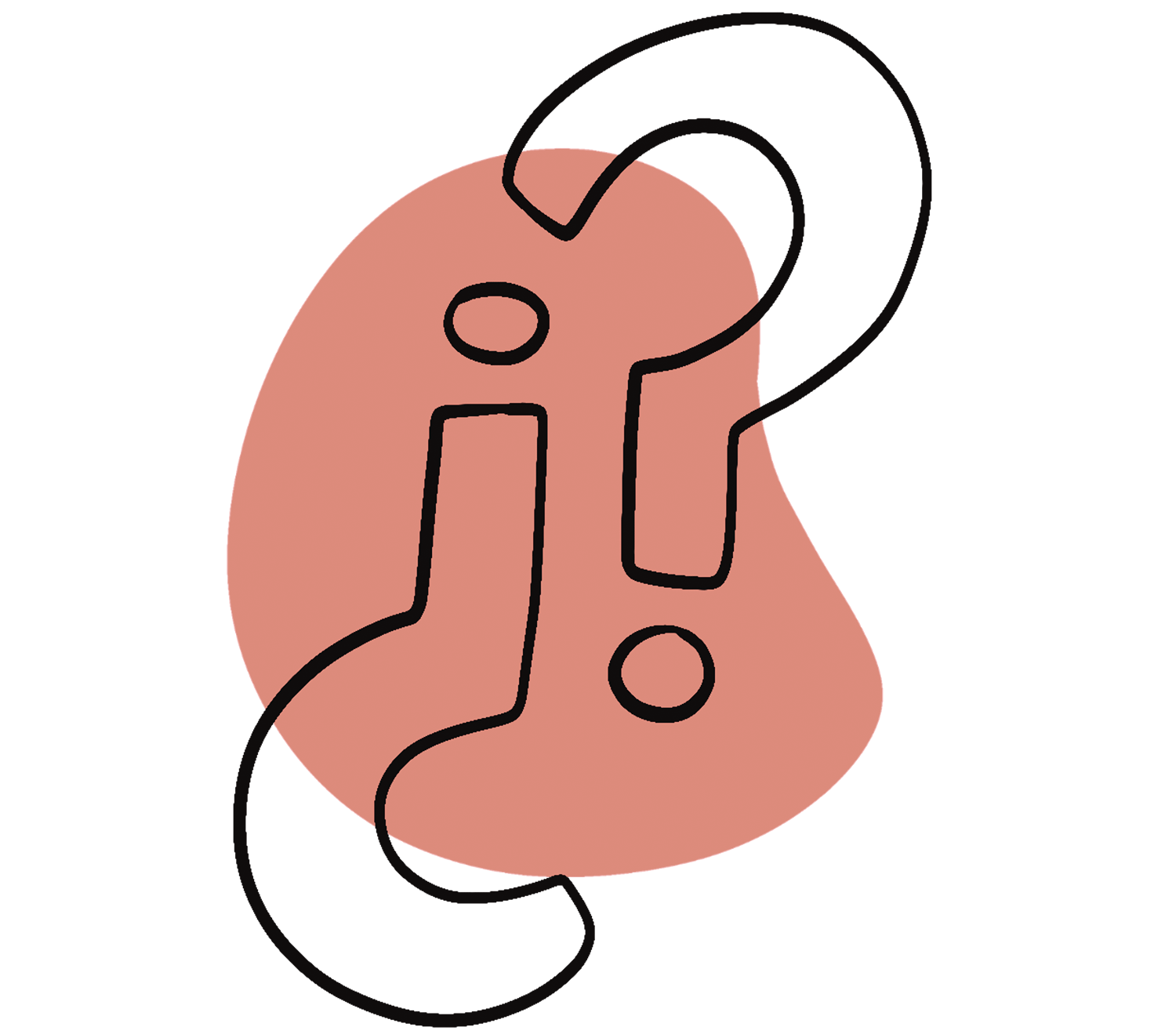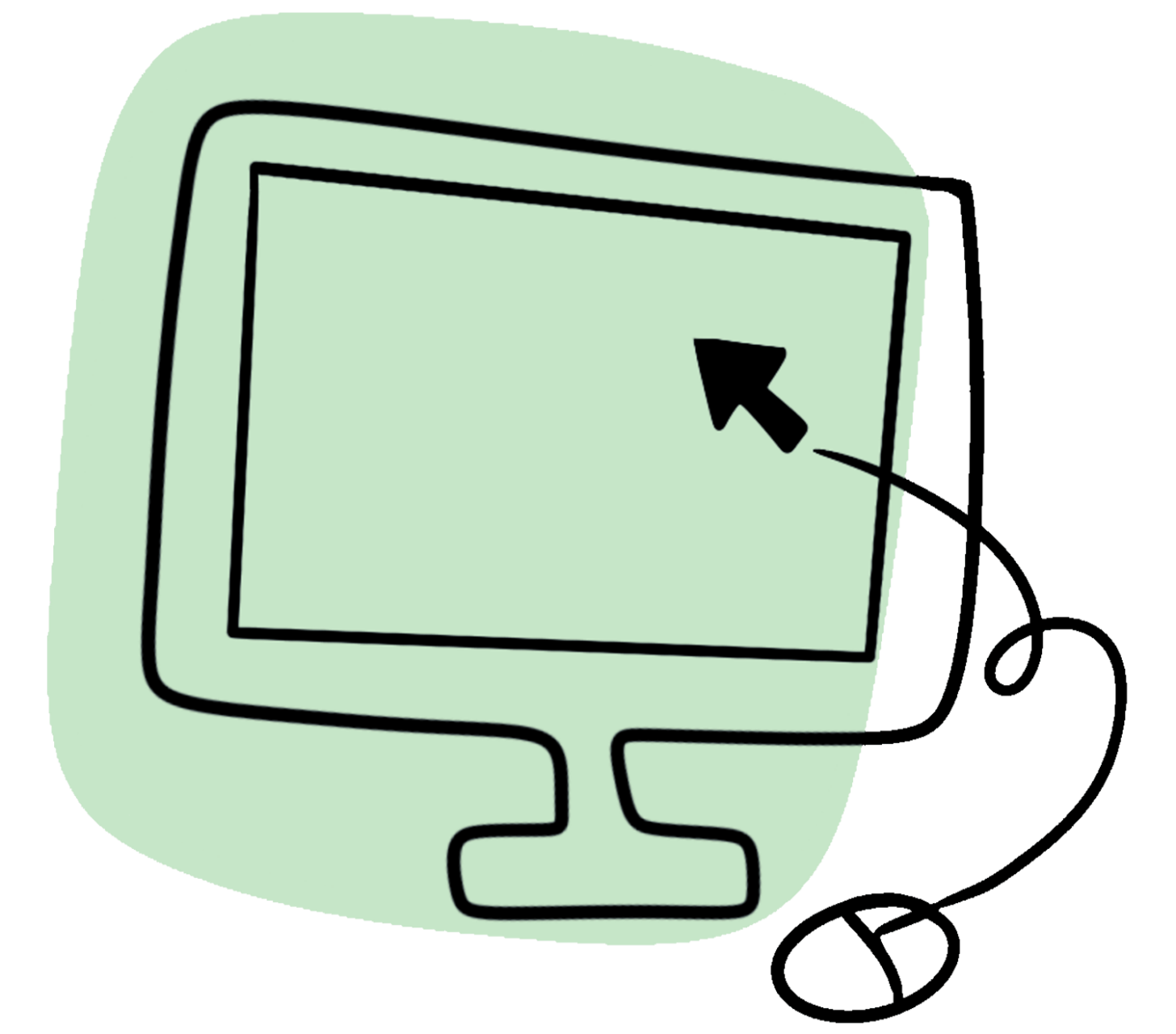
The bibliography contains the complete bibliographic details of the sources cited in the text. The types of sources are not separated; instead, all sources are listed alphabetically in a single list. If you are unsure about the completeness of your source information, check the German National Bibliography database, which records all publications released in Germany.
Sources are arranged alphabetically according to the decisive ordering word, usually by the last name of the first author. Titles and subtitles of sources are separated by a period if the source itself does not provide another symbol, such as e.g. a dash or a colon.
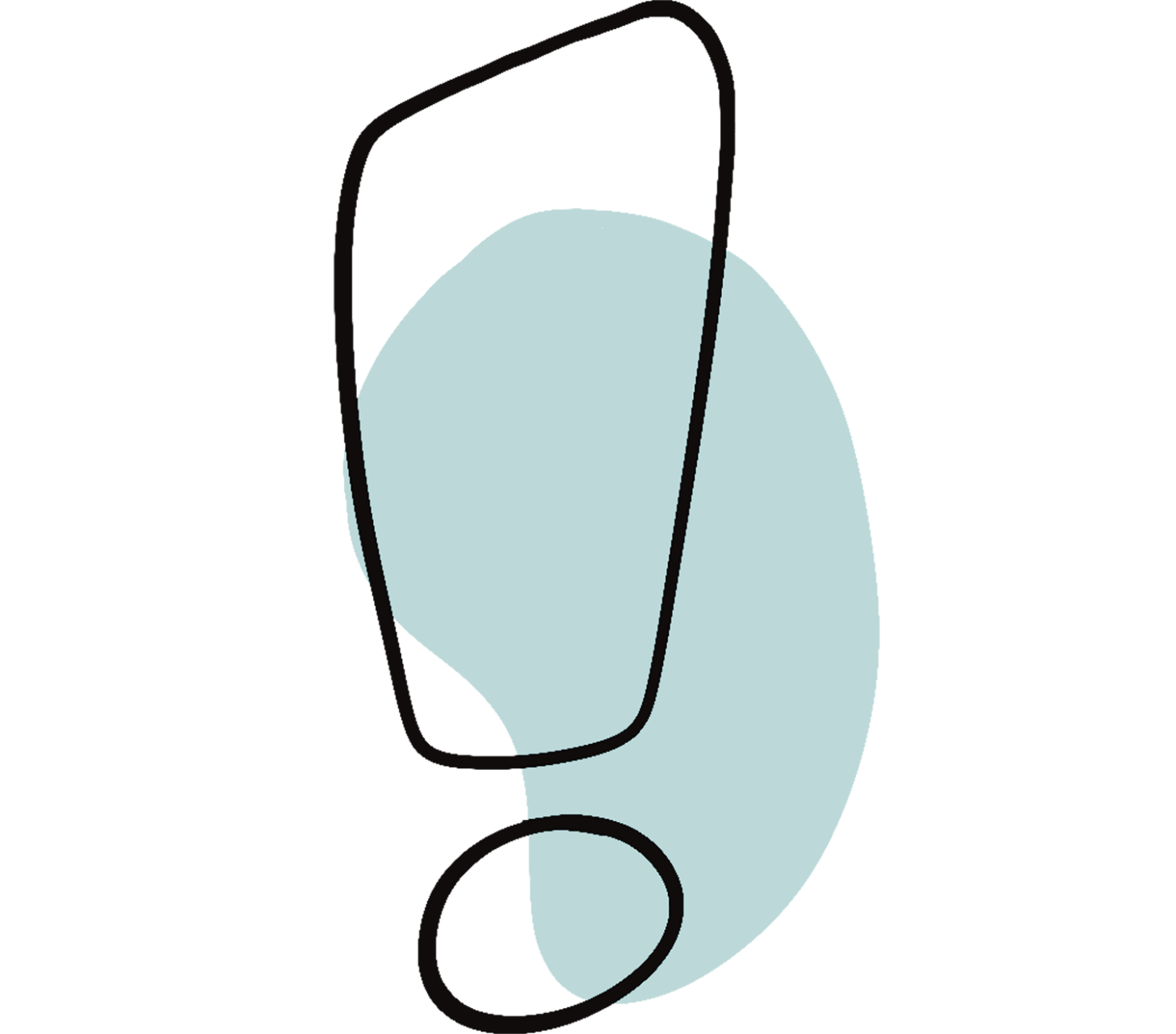
Two or more authors
Two or more writers or editors should be listed in the bibliography as follows:
- If there are two, they are connected with an ampersand (&) in the bibliography.
- If there are more than two, they are connected with a semicolon (;) and an ampersand (&) before the last author.
- If there are more than six writers or editors, list the first six and replace the rest with “et. al.“.
If authors have written multiple works, arrange them by publication year, starting with the oldest. If multiple texts by the same author were published in the same year, distinguish them with lowercase letters and arrange them alphabetically by title.
Examples:
Butterwegge, Christoph (2010): Neoliberalism …
Butterwegge, Christoph (2014a): Poverty …
Butterwegge, Christoph (2014b): Critique …
We recommend using single line spacing and larger spacing between entries with a hanging indent. The title of the work is always italicized – depending on the type of source, the title may vary. For journal or anthology contributions, always italicize the journal title or the anthology title, not the article itself.
Below you can see how different types of texts are listed in the bibliography.
A monograph is a book by one person or by several authors, as long as no individual contributions are identifiable.
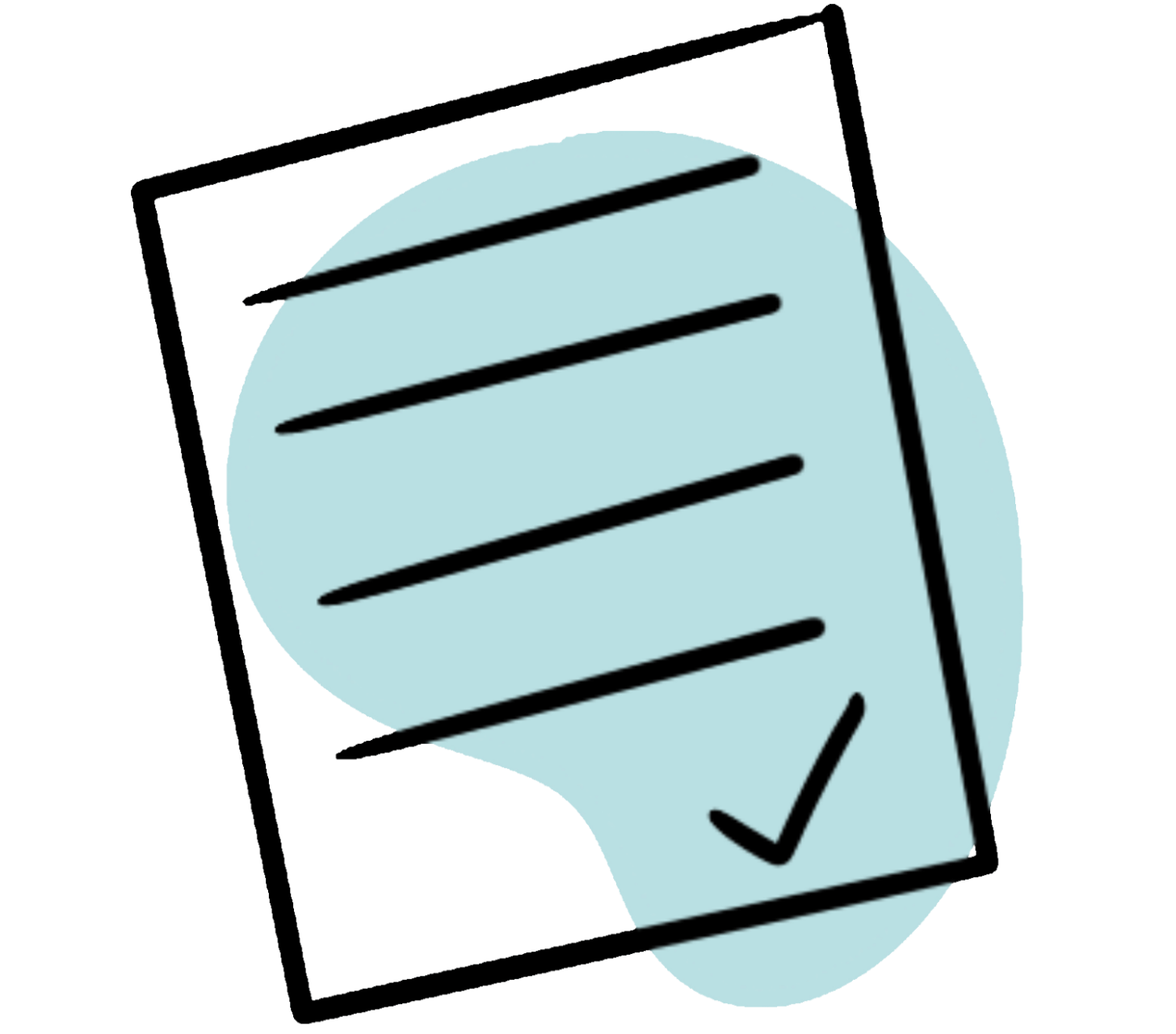
Examples:
Butterwegge, Carolin (2010): Poverty of Children with a Migration Background. Extent, Forms, and Causes. Wiesbaden: VS Verlag für Sozialwissenschaften.
Maturana, Humberto R. & Varela, Francisco (1987): The Tree of Knowledge. The Biological Roots of Human Understanding. Bern: Scherz.
Arnold, Rolf; Krämer-Stürzl, Antje & Siebert, Horst (1999): Instructor’s Guide. Planning and Lesson Preparation in Training and Adult Education. Berlin: Cornelsen.
From the 2nd edition onward, indicate the edition number. Additions such as “expanded edition” or “revised and updated edition” should be abbreviated.
Example:
Schilling, Johannes & Zeller, Susanne (2012): Social Work. History – Theory – Profession (5th, rev. ed.). Munich: Reinhardt.
For “classics,” you can indicate the first edition after stating the edition used in parentheses so that readers can track the age of the source.
Example:
Durkheim, Émile (1983): Suicide (13th ed.). Berlin: Suhrkamp (first published 1893).
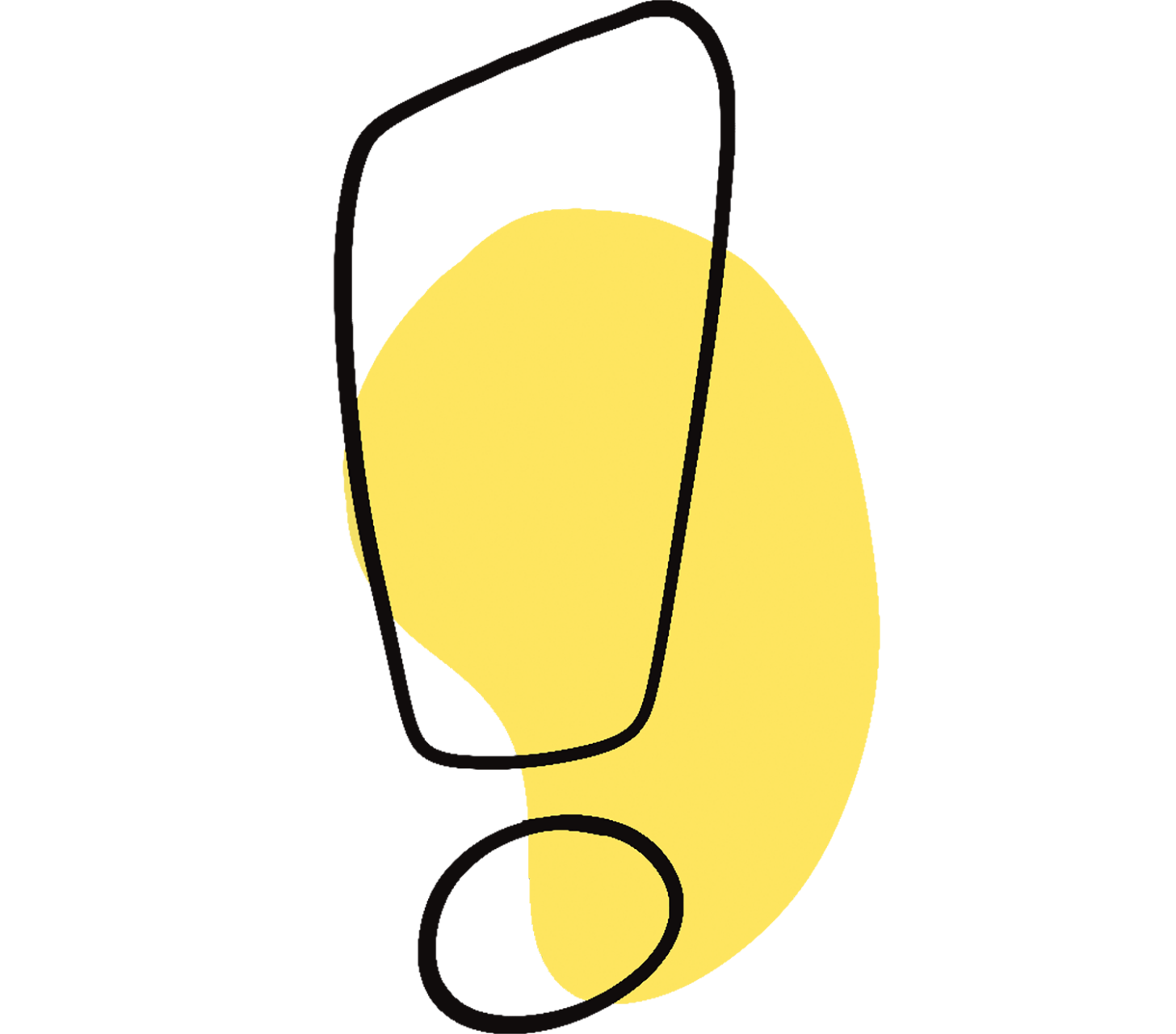
An anthology is a book in which texts by different authors are published. This is usually also the case in encyclopedias and often in handbooks. You should cite the source in the bibliography as follows:

Example:
Flemming, Helga von (2017): Altruism. In: Dieter Kreft & Ingrid Mielenz (eds.): Dictionary of Social Work. Tasks, Practice Fields, Concepts, and Methods of Social Work and Social Pedagogy (8th, fully rev. & updated ed., pp. 89–99). Weinheim: Beltz Juventa.
You should only use newspaper articles as citations if they are truly the best source. A newspaper article that reports scientific findings is not the best source to substantiate those findings.

Example:
Charisius, Hanno (13.02.2016): The Neanderthal in Us. Süddeutsche Zeitung, p. 35.
If no authors are indicated, the responsible organization takes their place, in this case the newspaper.
Example:
Süddeutsche Zeitung (10.05.2010): Criticism of the survey on tuition fees. www.sueddeutsche.de/karriere/hochschule-kritik-an-umfragezu-studiengebuehren-1.569045 (accessed on 17.05.2016).
Unlike essays in collected volumes, for an article published in a journal, the place of publication is not given; only the title of the journal and its respective volume are provided, similar to newspapers.

Example:
Horkheimer, Max (1937): Traditional and Critical Theory. Zeitschrift für Sozialforschung, 6 (2), pp. 245–294.
The days when internet sources were considered dubious in academic contexts are over. Internet documents can represent full, credible sources that you may cite.
However, internet sources have particularities that you should consider. They are unstable: they can be deleted, changed, or moved.


Sometimes important details are missing – provide what information is available and make transparent what is missing. For more information see the article Citing online documents. Since theoretically anything can be published on the internet, it is especially important to rely on reliable, authoritative sources. See also the article Citing credible sources.
Unusual online sources, such as videos, podcasts, blogs, or forum posts, should be clearly indicated as such.
Examples:
Knigge, Almut (17.11.2014): Resocialization. What matters after release from prison. www.deutschlandfunk.de/resozialisierung-worauf-es-nach-der-entlassung-aus-dem.724.de.html?dram:article_id=303487 (accessed on 02.07.2018).
Keady, Jim (15.07.2016): My personal experience with black lives not mattering [Blog]. www.huffingtonpost.com/jim-keady/my-personal-experience-wi_b_10955370.html?utm_hp_ref=politics (accessed on 14.07.2018).
explainity (11.08.2011): Social insurance explained simply (explainity explanatory video) [Video]. www.youtube.com/watch?v=HfACZuLfUMA (accessed on 24.09.2018).
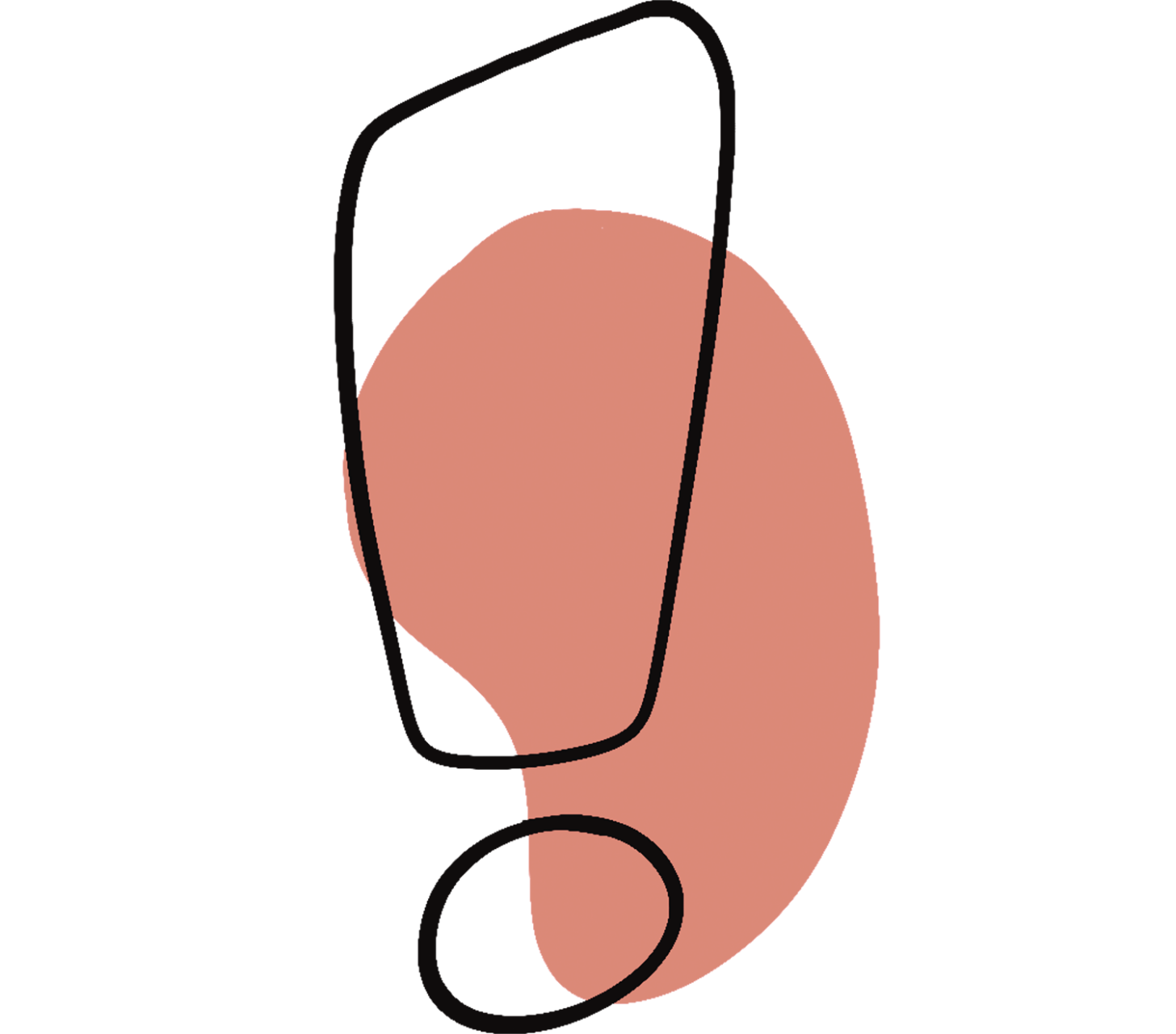
Both published and unpublished lectures are recorded as follows:

Examples:
Maly, Ulrich (10.12.2015): What holds the urban immigration society together? [Lecture]. Lecture series „Immigration society Germany – Questions and discourses“ of the Faculty of Social Sciences. Technische Hochschule Nürnberg Georg Simon Ohm.
Coelen, Thomas (09.04.2014): Want, may, should, must children and adolescents participate? [Lecture]. Specialist conference „Networks of Cooperation“ of the Landschaftsverband Rheinland, Cologne.
Similar to online sources, you indicate the exact type of source as follows:

Examples:
Lau, Frederick & Gansel, Dennis (Director) (2008): The Wave. [Film]. Munich: Constantin Film.
Fettes Brot (2005): Built on Water. [Vinyl LP]. Barmstedt: Fettes Brot Records.
Your source may have appeared in a series of publications. Series of publications allow publishers or editors to establish a thematic connection between different books. For example, the board of the German Society for Social Work (DGSA) publishes the series „Theory, Research and Practice of Social Work“. You do not need to list the series in the bibliography unless it significantly contributes to the professional classification of the publication. In that case, indicate it as follows:

Examples:
Stövesand, Sabine; Stoik, Christoph & Troxler, Ueli (Eds.): Handbook Community Work. Traditions and positions, concepts and methods. Germany – Switzerland – Austria (Theory, Research and Practice of Social Work, Vol. 4). Opladen et al.: Barbara Budrich.
Knop, Karin; Hefner, Dorothée; Schmitt, Stefanie & Vorderer, Peter (2015): Mobile mediatization. Mobile phone and mobile Internet use by children and adolescents – Summary (Media Research Series of the Landesanstalt für Medien Nordrhein-Westfalen, Vol. 77). Leipzig: VISTAS.
You can also cite so-called grey literature. These are works that are not distributed via bookstores, such as e.g. informational brochures from social institutions and ministries. Depending on the type of text the sources belong to, you cite them e.g. as an Internet source, a monograph, or if applicable as a chapter in a collected volume.
If you want to cite e.g. the industry report of the Industrial Union of Mining, Energy and Chemicals: This can be obtained as a print version or an online version. You cite the source in the format in which it is available.
Examples:
Industrial Union of Mining, Energy, Chemicals [IG BCE] (2015). Industry 4.0 on the Rise. IG BCE: Hannover.
Industrial Union of Mining, Energy, Chemicals [IG BCE] (2015). Industry 4.0 on the Rise. www.igbce.de/vanity/renderDownloadLink/8204/113914 (accessed on 19.02.2018).
How to list other text types in your bibliography can be found in the manuscript guidelines of the German Psychological Society.

This citation style is intended to make it easier to create standard-compliant references. A check of all in-text citations and the bibliography is still essential, even if using Zotero or other reference management software.
- The paper mentions sources that are not listed in the bibliography.
- The bibliography contains sources that are not cited in the paper.
- The information is incomplete.
- The formatting is inconsistent.
- The bibliography separates sources by type, e.g., “Books” and “Websites.”
- For chapters in collected volumes, always give the title of the chapter with authors as well as the title of the whole work with editors. Include the complete page numbers of the chapter. Only then can readers identify exactly which article or chapter you are citing.
- Entries in the bibliography end with a period.
- Publisher names are listed without the legal form (e.g., GmbH, OHG) or the word “Verlag”, meaning “Publisher”, unless “Verlag” is part of the publisher’s name (e.g., VS Verlag für Sozialwissenschaften).
- Maintain the order of authors as given in the source. This order is deliberate.

What should I pay attention to with internet sources?
Due to the impermanence of online documents, it is important to include the access date. Also, make sure the source is citable and that automatic hyphenation does not distort your links.
Does every line in my bibliography end with a dot?
Yes, all entries in the bibliography end with a dot.
This article was published in August 2025 and last updated in April 2025.

